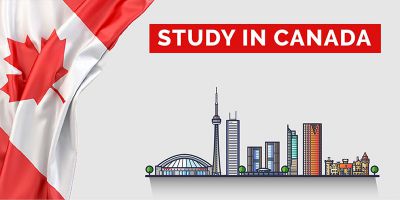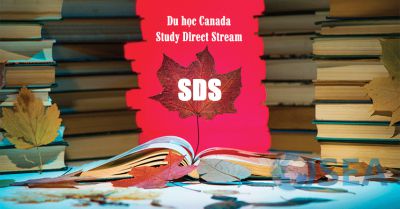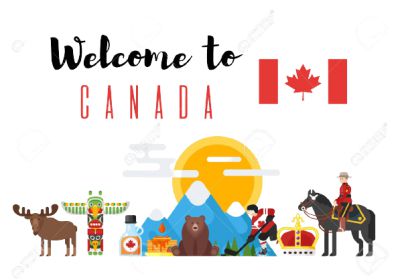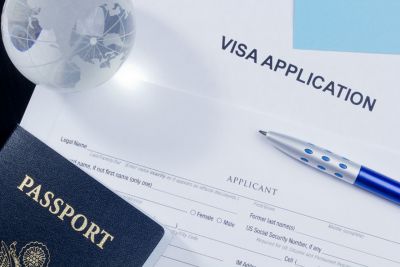EDUCATION SYSTEM IN CANADA
Studying abroad not only opens up opportunities to study in a modern educational environment but also an opportunity to develop a career and settle down in the future. In which, Canada is the ideal destination for many international students because of its quality teaching programs and appropriate levels of study for all ages from primary school to master's and doctorate. Let's learn about the Canadian education system with H&A in the article below to better understand!
Canadian education system

Unlike Vietnam, the Canadian education system is classified according to the management of each province. Each place will have a different educational program and age regulation. But in general, there is not much difference in the program of study between provinces and all are approved by the Canadian government.
The structure of Canadian education consists of three levels: primary, secondary and post-secondary. There are private and public schools at the elementary to college level. At the university level, most schools are public.
The Canadian education system is among the top in the world
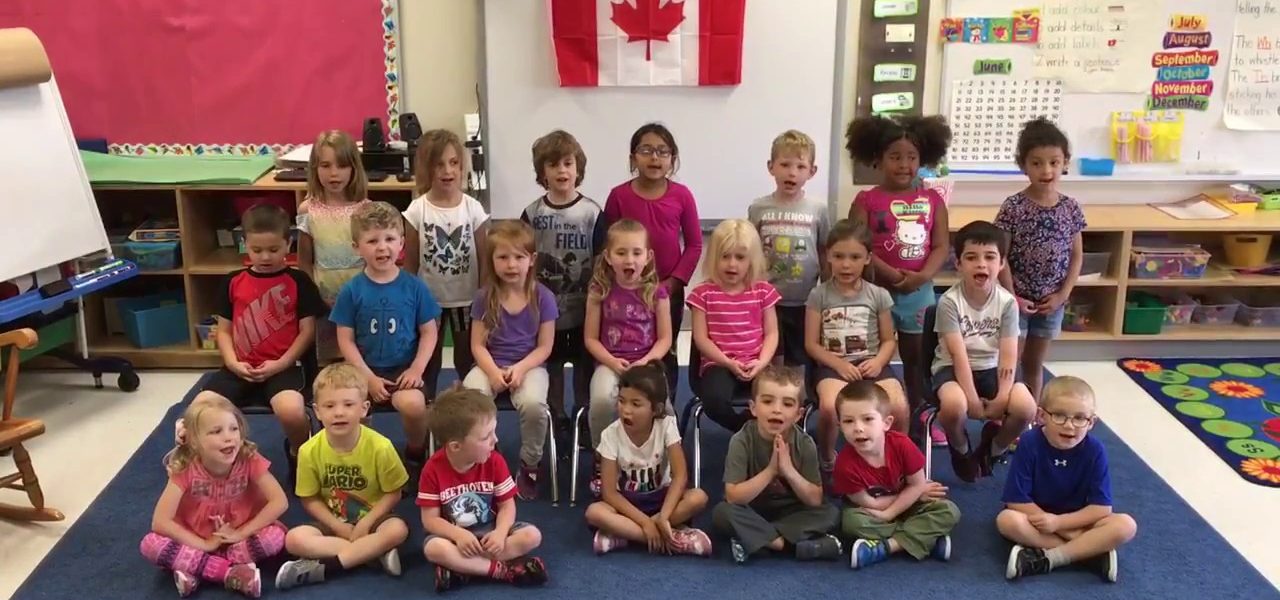
❀ Primary Education in Canada
Primary education in Canada is very important because it determines the development of children in the future. The primary education system in Canada is divided into two groups, public and private, serving the learning needs of students from grades 1 to 6. Depending on the province, there will be regulations on age. suitable to begin primary school at age 6 or 7.

➤ Public elementary schools:
Schools are funded from the state budget and are managed by the provincial government. International students can choose a homestay program while studying in Canada at a cost of 21,000 - 26,000 CAD. However, some public primary schools in Canada do not accept international students. Instead, parents can choose private schools for their children to attend.
➤ Private elementary schools:
Trường tư thục thường có mức học phí cao hơn so với trường công lập. Tương ứng, điều kiện học tập cũng tốt hơn và hiện đại hơn. Đặc biệt trường tư thục còn có hệ thống ký túc xá, trường học riêng biệt dành cho nam và nữ hoặc phân theo tôn giáo,…
>> See more costs to study in Canada
❀ Secondary Education in Canada
In Canada, the secondary education system consists of middle school and high school, for students between the ages of 13 and 18. However, high school in Canada is not divided into middle and high schools like Vietnam, but students will study from grade 7 until they graduate from grade 12. In Quebec, the high school program starts from grade 7 to grade 12. 11.

Similar to the primary school system, high schools in Canada are also divided into two types, public and private. International students can choose to pursue an Advanced Placement (AP) or an International Baccalaureate (IB) program. In there:
• The AP program offers college-level courses and exams in specific subject areas.
• The IB program is a training program for students who want to study subject groups such as: language and literature, second language, personal and social, science, math and arts.
❀ Post-secondary Canadian education system
The post-secondary education system in Canada includes programs of study such as technical and vocational training, college, undergraduate and graduate education. High school graduates, students or professionals who want to improve their professional skills can choose from these programs.

⧫ Technical and vocational training:
Suitable for international students who want to develop their technical skills at public colleges, community colleges, technical institutes, private vocational training colleges.
⧫ College:
Meet the needs of studying business, industry, service, ... in a short time from 1 to 2 semesters or 2 to 3 years to get a degree. After graduating from college, students can choose to transfer to university.
⧫ University:
The undergraduate program has a training period of 3 to 4 years, providing a full range of subjects from economics, education, science and technology to health care, ...
⧫ Postgraduate:
For university graduates who want to improve their professional skills with master's and doctoral training courses lasting from 1 to 3 years.
Advantages of Canadian education

It is not natural that Canada is ranked as the country with the top education in the world. To do that, universities in Canada have built a learning environment with unique teaching methods, creating the best conditions for students to think and develop. Here are the outstanding advantages of a Canadian education:
❀ The learning environment is not imposed on grades
Instead of imposing a score of 9 and 10 to be good, Canadian schools always give priority to supporting students' growth thinking and creative discovery. Therefore, the scholarship standard is not only for students with excellent academic achievements, but also adds elements of social activities, research works,....
❀ There is no specific textbook or curriculum
Canadian education does not have a specific textbook system or curriculum. Students are not required to follow a curriculum at all, but are guided by the curriculum prepared by teachers and lecturers themselves. However, the lesson plans prepared by the teachers still adhere to the content to be taught by the school and the provincial government.
❀ Combining theory and practice
Along with theoretical lectures in class, students can participate in extracurricular activities and paid internship programs organized by the school in association with business companies in Canada. These programs aim to enhance students' survival skills and practical work experience.
❀ Free skill development support
In addition to classroom knowledge and practical work experience, students studying at Canadian universities also receive free skills development support. You will be supported with skills such as writing, presenting, teaching, applying for jobs, taking notes, taking tests, regulating your emotions, communication skills, etc. Canadian education centers also support students connect with employers, find jobs after graduation.
❀ Encourage students to do it themselves
The education system in Canada educates students in a way that encourages self-study. In class, teachers are only responsible for supporting teaching basic content and creating a free learning environment for students to freely exchange and research. This is most evident in kindergartens or elementary schools in Canada, where students will practice independence from the smallest things such as eating their own meals, cleaning up their toys after playing, etc.
☞SUPPORT FROM H&A
H&A understands the difficulties and problems of parents and students on the journey to study abroad.
H&A is ready to accompany you on your journey to study in Canada, please contact us for support and answer any questions.
Free support services from H&A include:
✔ Free consultation to study in Canada, saving solution
✔ Advice on choosing the right school, major and course
✔ Support in applying for admission, tracking progress, receiving confirmation letters from the school
✔ Advice on accommodation, study abroad budget, flight ticket booking support, skill equipment before you leave


